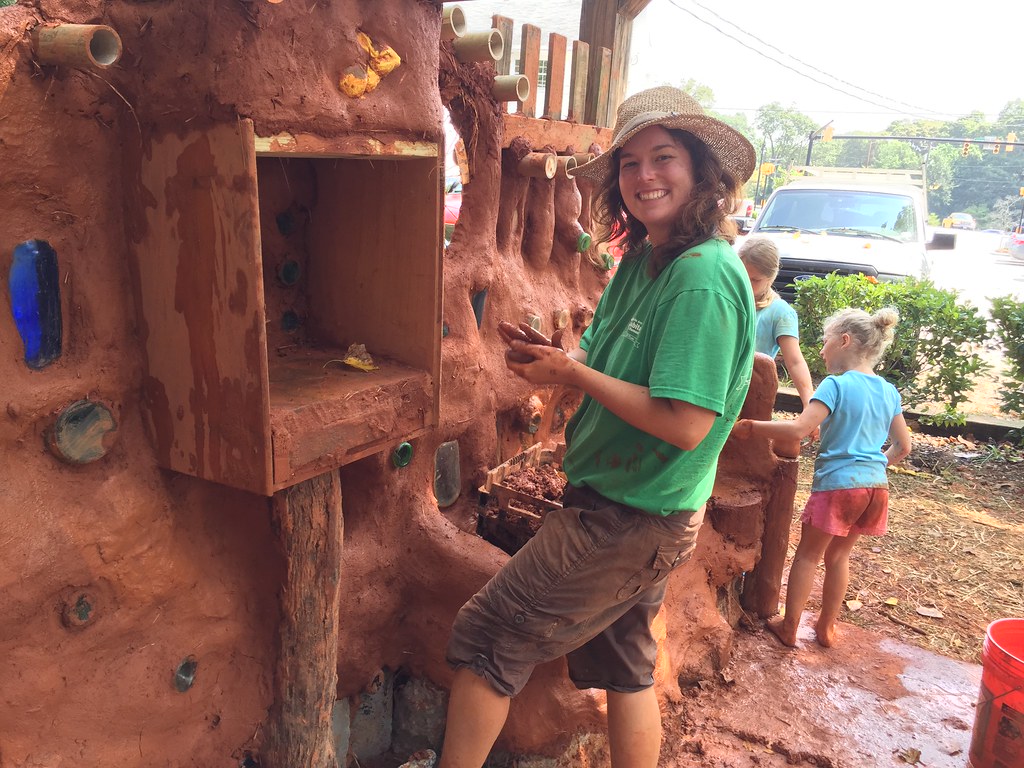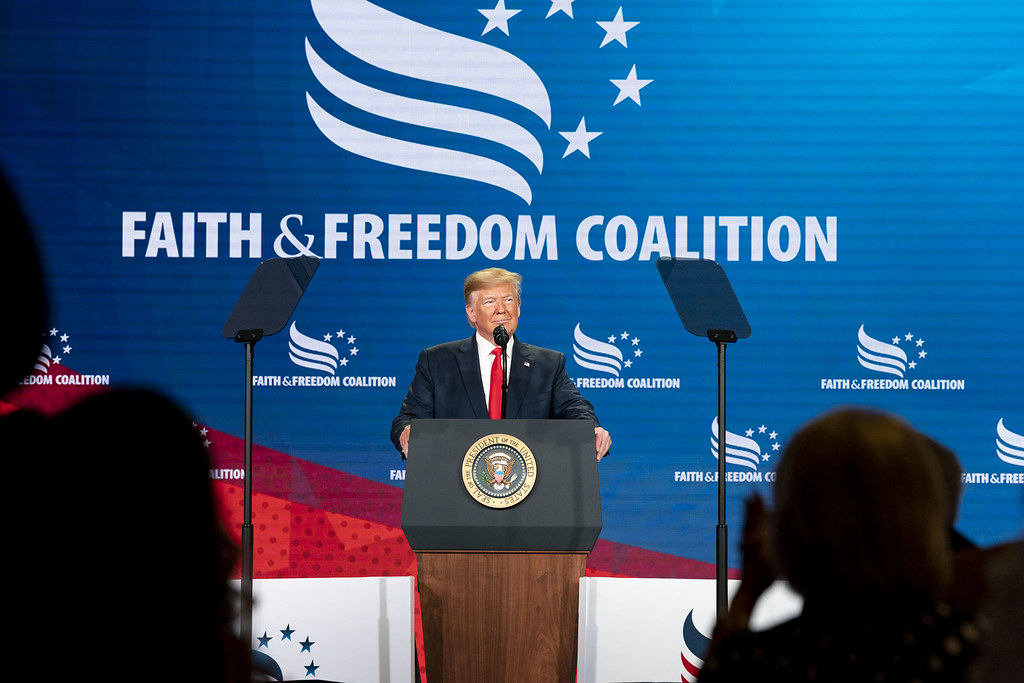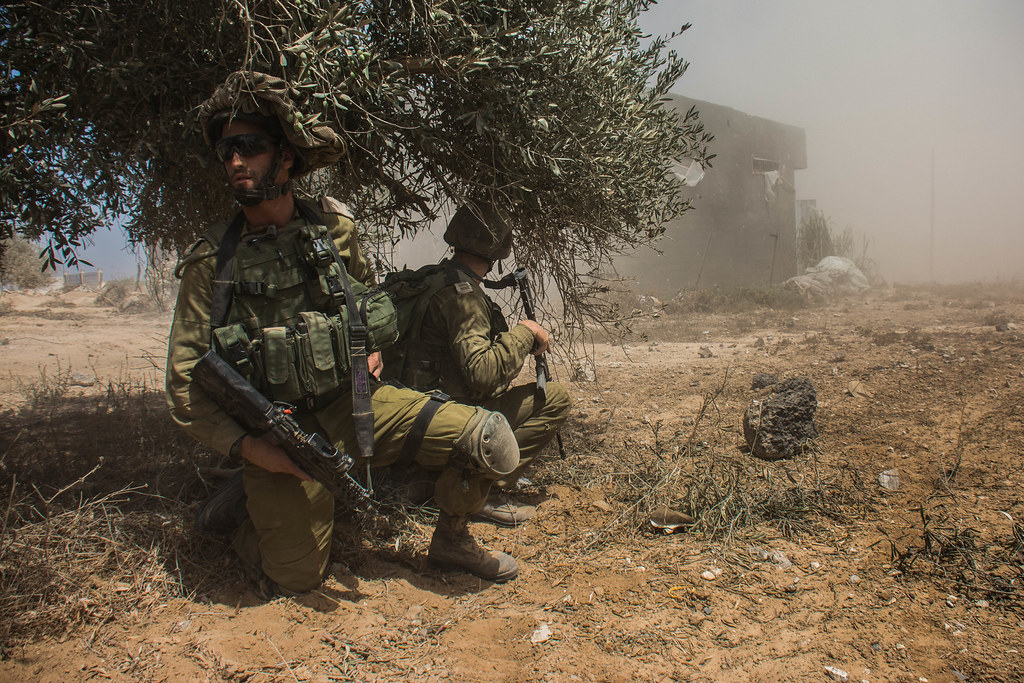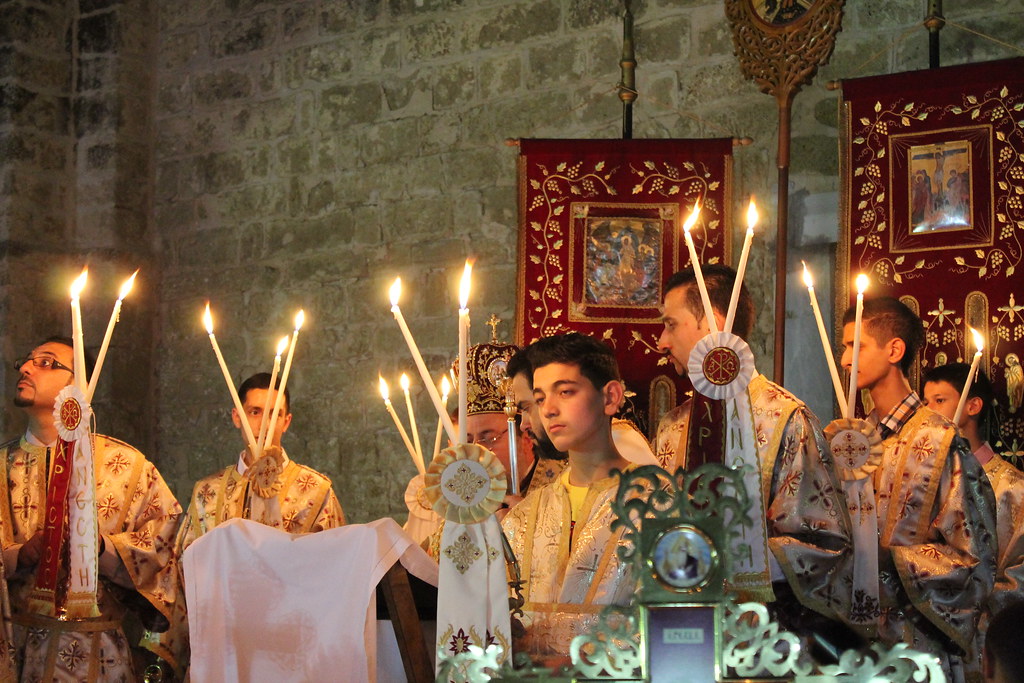Deseret News, 11 June 2021
I used to love summer: the heat, the beach, the afternoon thunderstorms, those sickeningly sweet, dye-infused, high-fructose corn syrup filled popsicles that suddenly appear in the grocery store. But now that I’m a working mom with two children, turning the calendar over from May to June fills me with dread.
It’s not because my kids are home for the summer — in fact, I wish I could spend several months on holiday with my children. No, I dread summer because of the cost of summer camp, which is obscenely, ridiculously expensive here in Palm Beach County, Florida, as it is in much of the country.
This summer, we will pay upwards of $1,700 per month to send our two kids to summer camp — $300 more than we pay for preschool during the year and $300 more than we pay in rent every month.
Sit with that for a minute: In a normal month, we pay almost the same amount of money for rent as we do child care. In the summer, we pay more for child care than we do rent.
But I want to make summer camp happen for my kids because, when I was young, I felt the pain of missing out. My parents couldn’t afford camp, so I often accompanied my dad, who was a janitor and lawn man, as he cleaned one sorority house and then cut grass at another.
For my help, he paid me a small wage. And while I did learn a lot about real life and hard work and responsibility — lessons that have served me well, of course — I sometimes think I missed out on some quintessential aspect of childhood: a true summer.
Like my parents, I could probably keep my kids home as I work now. I could plop them down in front of the TV with some sweet squeezy-pops in hand.
But I want their summers to be more than that. I want them to have fond memories of water play with friends and singing songs and immersing themselves in art projects that end up hanging on the walls of our home.
And so here I am, so worried about paying for summer camp that I’m tightening my belt — literally. For lunch most days, I’m opting for seltzer. Two birds, one stone: I save money and slim down for weekend trips to the beach.
That so many American families are struggling to pay for summer camp is a failure of both society and policy.
For school-aged kids, there are far too few free or low-cost camp options and not enough spots. It’s the rare summer camp that offers scholarships. And demand outstrips supply.
But don’t just take it from me. A new report by the Afterschool Alliance says the same.
The special report on summer camp, “Time for a Game-Changing Summer, With Opportunity and Growth for All of America’s Youth,” reveals that not only do Americans struggle with a lack of child care options in the summer months, but also that, as is the case with everything in this country, the issue is rife with economic inequalities (that often translate to racial inequalities).
An “increase in summer program participation,” the study notes, has been “driven largely by families with higher incomes, while unmet demand for summer programs remains high, especially among families with low incomes.”
“For every child in a summer program, another would be enrolled if a program were available,” the report notes. So that means that we need at least double the amount of spots that we currently have.
I asked other working moms about the summer camp conundrum and most said they spent the year saving for summer camp, only to start the new school year wiped out financially and beginning to save again for the next summer. Some who couldn’t afford summer camp talked of complicated schedules that involved swapping child care responsibilities with other friends with kids. Many mentioned that the YMCA offers summer camp on a sliding price scale but also added that the program filled up quickly; others felt their local YMCA programs were still financially out of their reach.
On the other end of the financial spectrum, I’ve got a colleague in New York City who would probably love to pay $1,700 a month for summer camp. In her neighborhood, summer camp runs $1,500 a week. Per child. With two kids, she would pay $3,000 each week, for a grand total of $12,000 a month.
From where I sit, my colleague is wealthy. But she and her husband don’t have that kind of money, so they’ve crafted a unique summer camp plan. They’re renting a house in Connecticut and sending their kids to day camp there — renting a house for the summer is actually cheaper than paying for New York’s programs.
This whole conversation applies to after-school programs, too. In the fall, my daughter will begin public school. But that doesn’t mean we’ll be off the financial hook. The starting bell rings at 7:45 a.m. and school lets out at 2:45 p.m., a little over half way through my work day. Her public school has no free after-school program. We will have to either pick her up or pay.
This is the case in much of the country: The Afterschool Alliance notes that for every kid in an after-school program, there are three waiting to get in.
I’m not going to blame the camps or after-school programs themselves. They have their expenses and their owners need to turn a profit (probably so they, in turn, can send their own kids to astronomically expensive summer camps and after-school programs).
Instead, I see this as a major policy failure. And though the Biden administration is promising free preschool for 3- and 4-yearolds, what about good, safe, high-quality summer camps and after-school programs for all of America’s children, regardless of age and income?
Without support, parents are left to figure it out on their own, often sacrificing their savings, if they have some. Moms sometimes abandon their career plans to take jobs that allow them to pick up their kids after school or have summers off, and then get stuck in what has been called the “pink collar ghetto” of jobs that allow us to work and take care of the kids.
I wonder how low-income and middle-class women and families will ever get ahead in this country that talks a lot about “family values” but does little to actually help us stand on our feet. And I wonder how America will remain ahead in the world without its women — half the population — fully engaging in the workforce because we don’t have the supportive policies we need to do so.
The summer camp conundrum — and other policy gaps — exact an unmeasurable toll. The psychological impact of running up against the other glass ceiling — that of unaffordable child care and the way women must scale back their ambitions accordingly — is devastating.
This is the type of thing that infuriates me to the point that I’ve considered throwing my hat into the political ring. AOC rode the whole “I’m a waitress from the Bronx” thing into office. Why can’t I take my “I’m a mom who’s outraged about how expensive summer camp is” platform all the way to D.C.?
I’m telling you, I’d do it … if only I weren’t so darn busy sipping seltzer and researching low-cost — or at least semi-affordable — summer camp options for my kids.



